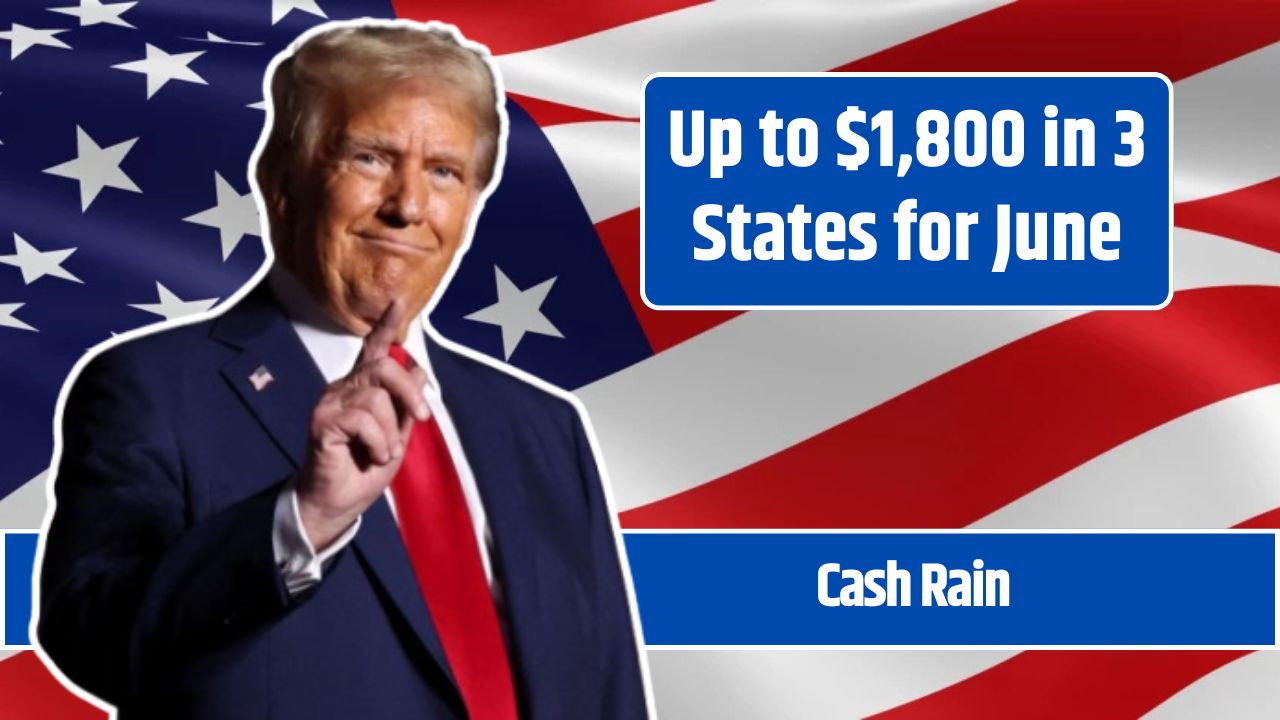With inflation continuing to pressure American households, a handful of states are stepping in to offer targeted financial relief. As of June 2025, residents in New York, Pennsylvania, and Arizona may be eligible for state-funded payments of up to $1,800. These programs are designed to cushion the effects of rising prices, support aging populations, and provide relief to families with dependents. Here’s what each state is offering—and what residents need to know to claim their share.
New York’s Inflation Refund Checks
New York is distributing one-time inflation relief checks to approximately 8 million households. Funded by surplus sales tax revenue from the 2025–2026 state budget, these payments are designed to offset the increased costs of essentials like groceries, gas, and utilities.
Who Qualifies?
The checks are based on income level and filing status, and will be issued automatically—no application is required. Here’s how the breakdown looks:
| Filing Status | Income Range | Refund Amount |
|---|---|---|
| Single | Up to $75,000 | $200 |
| Single | $75,000 to $150,000 | $150 |
| Joint | Up to $150,000 | $400 |
| Joint | $150,001 to $300,000 | $300 |
Payments are being mailed through May and June 2025, offering timely relief amid persistent inflation.
Pennsylvania’s PTRR Expansion: Up to $1,000
Pennsylvania is expanding its long-running Property Tax/Rent Rebate Program (PTRR), which now allows more residents to qualify thanks to higher income limits and larger rebates.
Who’s Eligible?
To qualify, applicants must meet one of the following criteria:
- Be 65 or older
- Be 18+ with a permanent disability
Additionally, the income limit for eligibility has increased to $45,000 for both homeowners and renters.
Key Details:
- The maximum rebate is $1,000.
- Applications are open through June 2025.
- The rebate amount varies depending on income and living situation.
Residents can visit the Pennsylvania Department of Revenue’s PTRR page to check eligibility and file an application. Unlike New York’s program, this benefit requires residents to apply.
Arizona Families Tax Rebate: Up to $750
Arizona is offering targeted relief for families through the Arizona Families Tax Rebate, rewarding those with dependents on their 2021 and 2022 tax returns.
How It Works:
Payments are issued automatically to eligible residents and are based on the number and age of dependents:
| Dependent Age | Payment Amount |
|---|---|
| Under 17 | $250 per child |
| 17 or older | $100 per dependent |
Who Qualifies?
- Must have filed 2021 and 2022 Arizona state tax returns
- Must have claimed qualifying dependents on those returns
Families can receive up to $750, depending on the number and age of dependents. Full eligibility details are available at the Arizona Department of Revenue website.
Which State Offers the Most?
Here’s a quick comparison of the maximum benefit available in each state:
| State | Max Benefit | Application Required? |
|---|---|---|
| New York | $400 | No |
| Pennsylvania | $1,000 | Yes |
| Arizona | $750 | No |
While Pennsylvania’s PTRR program offers the highest individual payout, its application requirement adds an extra step. In contrast, New York and Arizona offer automatic disbursement.
Take Action Before Time Runs Out
While this relief is not a federal stimulus, it’s a meaningful support mechanism from states looking to protect vulnerable residents. Many Americans leave money unclaimed simply by not filing tax returns or checking eligibility. Whether you’re a retiree, renter, or parent—be sure you’re not missing out on available benefits.
FAQs
How do I apply for the PTRR rebate in Pennsylvania?
Applications can be submitted through the Pennsylvania Department of Revenue website by June 30, 2025.
Are Arizona’s rebates taxable?
No, the Arizona Families Tax Rebate is not considered taxable income by the state.
Can I receive more than one rebate if I qualify in multiple states?
You can only receive state-specific relief if you’re a resident and meet the requirements in that particular state.
What should I do if I haven’t received my rebate?
Check the relevant state tax department’s website or contact their support lines for updates and troubleshooting.




